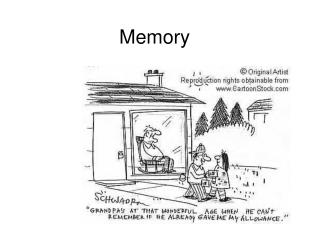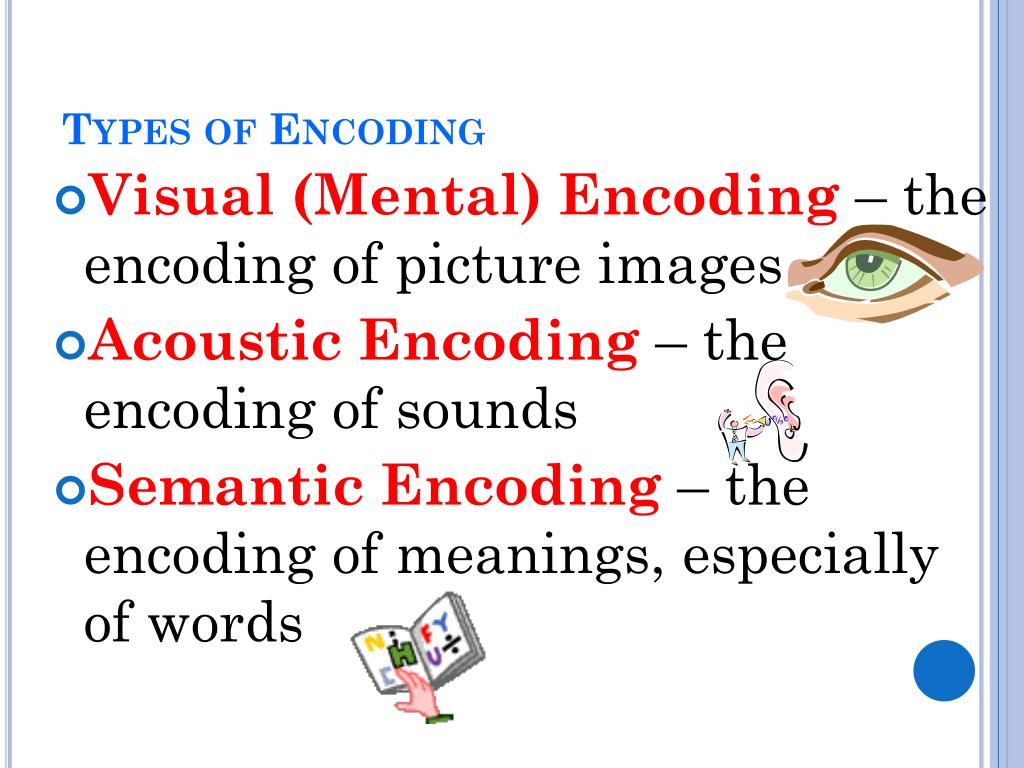

However, when the researchers read the list more slowly with a different tone, people weren’t able to recall the list as effectively. They concluded the brain is better able to process memories when there are differences in sensation.

The researchers found people were more easily able to remember the list when the last word sounded different. Then, they read the list again but made their voices sound different for the last item that a person wasn’t supposed to remember. The researchers first read the list in the same voice tone the entire time. Participants were read a list but asked not to remember the last item on the list. If a person sees a list of items, they’re more likely to remember the first items and not always the last ones.Īnother example of the power of auditory memory is an older study from 1986 published in the Journal of Experimental Psychology: Learning, Memory, and Cognition. However, this isn’t the same for visual memories. Auditory and visual sensory memory have some interesting differences.įor auditory sensory memory, when a person hears a list, they tend to remember the first and last words spoken the most, according to an article in the journal Frontiers in Aging Neuroscience. An example could be listening to and recalling a list of items. Doctors also call auditory sensory memory echoic memory. Auditory memoryĪuditory sensory memory is when a person uses the things they hear to create memories. It’s just one of the tools at your disposal. If your sensory memory can’t capture these memories well, why are you still able to remember things when you’re moving? The good news is you have other methods of creating memories other than visual sensory memory. Researchers concluded the brain didn’t have time to enter and interpret the sensory image. Most participants couldn’t identify or recall the image due to the flash. A researcher would show an image, quickly followed by a flash of light. Your brain can’t transmit the images well enough to fully commit them to memory.Īn example is an experiment that helped researchers first identify visual memory. Think of it like taking a picture that ends up blurry. So what if the object (or you) isn’t still? In this case, your brain won’t transmit the signals clearly. This means for visual sensory memory to work well, you and the object you’re observing must be still. Researchers have conducted lots of studies about this type and found the eyes aren’t able to transmit some objects in motion to memory. In terms of sensory memory, researchers have mostly studied three aspects: Visual memoryĭoctors call visual sensory memory iconic memory. Sight, smell, touch, taste, and sound - these are the five senses that help you process the world around you. Because sensory memory is a first input that helps to build a person’s short- and long-term memories, knowing that it slows down with aging can help to understand why and where memory starts to decline.

The knowledge of how sensory memory affects us is important in the study of memory and aging. As a result, the brain takes in or computes less sensory information.

Doctors think the time the brain takes to process sensory information starts to slow down, according to an article in the journal Frontiers in Aging Neuroscience. Unfortunately, sensory memory starts to decline as a person ages. However, even with all the stimulation, your brain is able to attend to and target most of the aspects you want to focus on. It’s when you take in everything around you before transmitting a portion of what you see to short-term memory.Ī common analogy for sensory memory is that the memories are your “raw data” that your brain then processes to make sense and order.ĭoctors estimate that sensory memory lasts a few hundred milliseconds, according to a 2016 article.ĭuring this time, the brain is receiving signals from multiple sensory signals, which include what you see, smell, and hear. One way to think of this memory type is like the start of your memory. Sensory memory is a very short-term, but large capacity memory source.


 0 kommentar(er)
0 kommentar(er)
